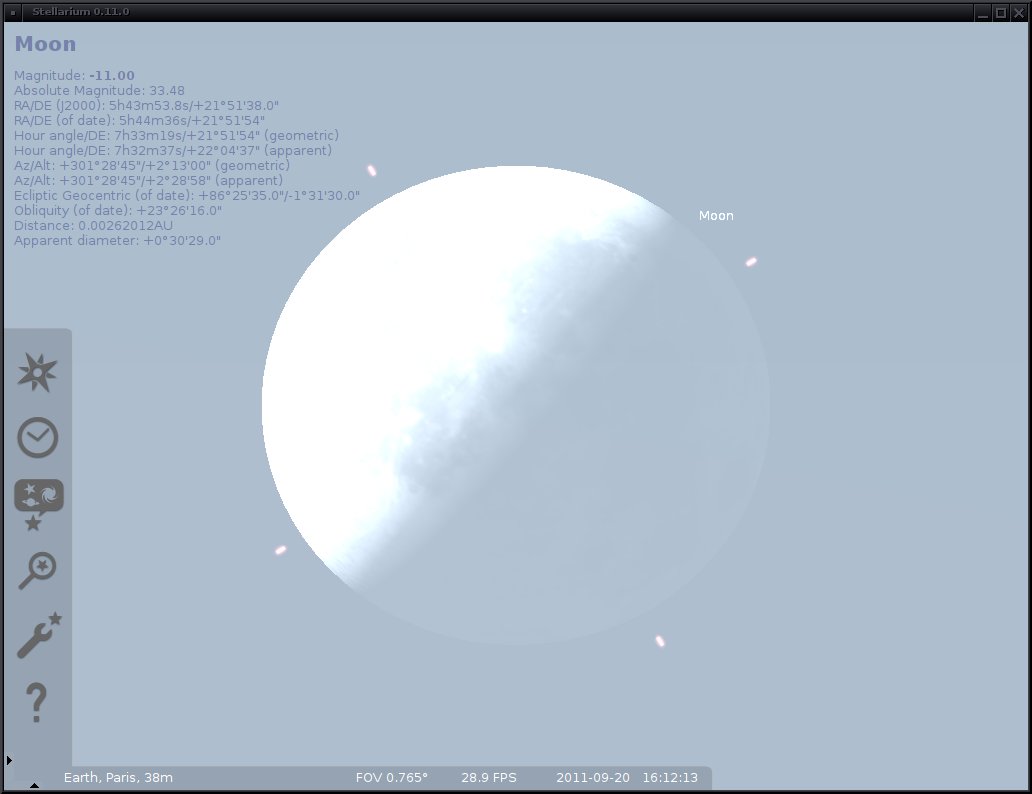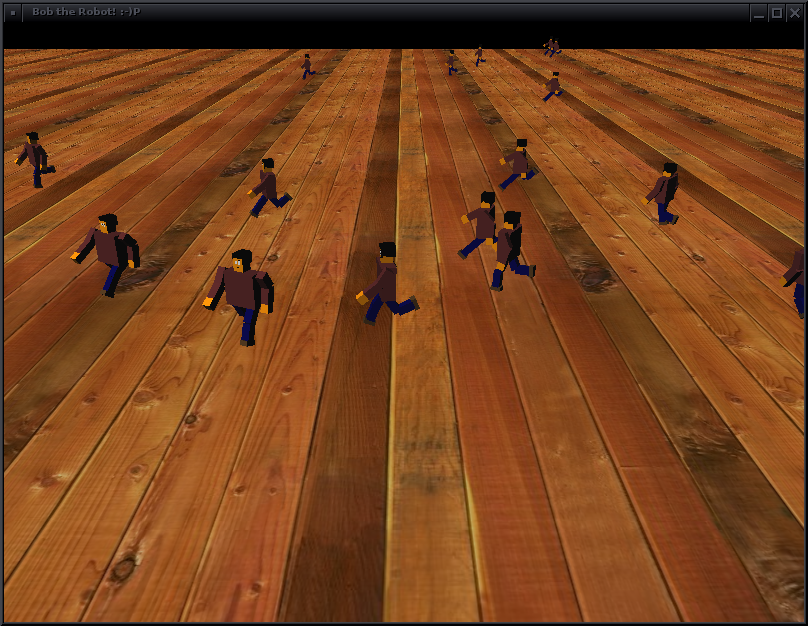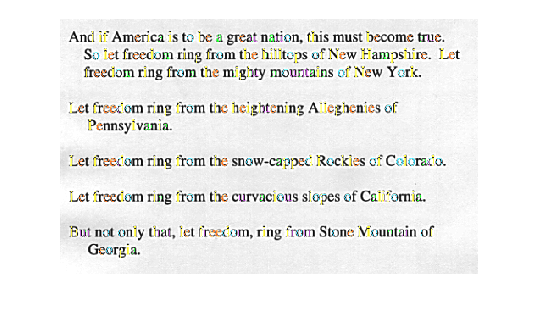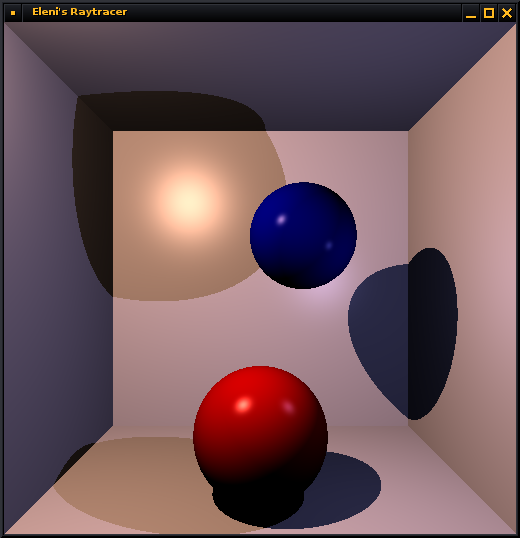Here are some screenshots of the new planet rendering in the Stellarium software, implemented as part of the European Space Agency Summer of Code in Space. I implemented a bump mapping algorithm (using normal maps) in GLSL shaders and I integrated it into the Stellarium application (C++). The planets are ellipsoids. There are still many different things to be done for further improving the project, these are just some samples.
(Many thanks to my mentor Fabien Chéreau and the Stellarium development team for giving me the opportunity to participate in the ESA SOCIS, as well as to the organizers of the summer of code!!)*
Screenshots of the moon at night:

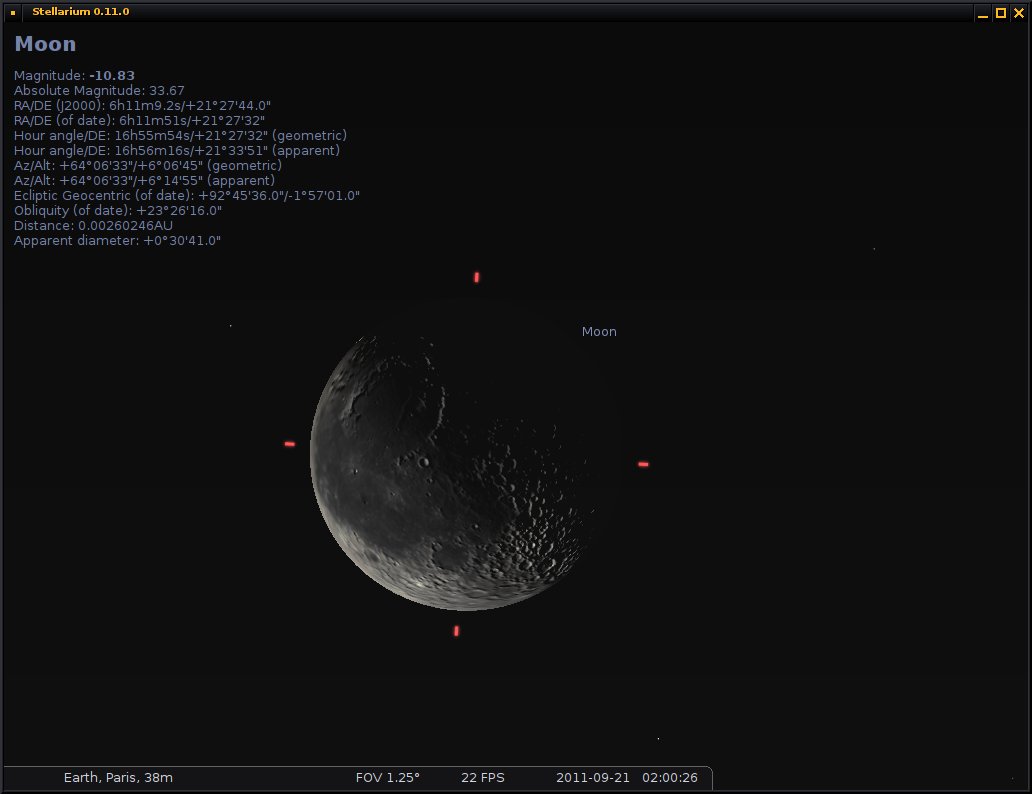
Screenshots of the moon when there’s still daylight:
